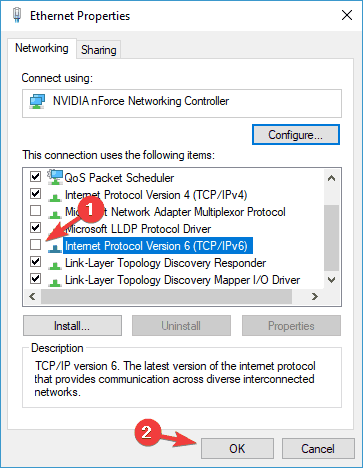
If you want to share files, access printers, and perform other functions then make the network private. This is an important setting, as it determines which resources will be available to other PCs on the network.

Just toggle the switch on or off accordingly.

Doing so will pop up a list of available networks with information about whether they’re open or secure. The easiest way to connect to a wireless network is to click the network icon in the system tray.
NFORCE NETWORKING CONTROLLER WINDOWS 10 NO NETWORK ACCESS PC
Make the initial connection, and your PC will reconnect whenever it’s in range. Usually this is done just once, unless something in the network changes. The task that most users are apt to perform more often than any other is connecting to a wireless network. It’s not universally true, but chances are that unless you’re looking to do something really complex, you’ll spend most of your time in Settings.įurther complicating matters, some of the options available in Settings will actually send you to a Control Panel tool. You can go to Windows 10 Settings for a number of configuration options, while you’ll need to go to the old-school Control Panel for others. Windows 10’s networking configuration is so complex that it’s actually distributed between two different settings locations. We’ll skip over some of the more detailed topics that require in-depth networking knowledge to understand. In this guide, we’re going to cover the most important tools that the typical home user might need to keep their Windows 10 PCs connected and communicating. It’s no surprise, then, that Windows 10’s tools for managing the networks you use are many and comprehensive. That introduces a fair amount of complexity to the operating system.

There’s essentially no limit to the types and number of networks you can connect with using a Windows 10 PC. As a modern operating system, Windows 10 provides comprehensive networking support that spans everything from home wireless networks to large corporate networks.


 0 kommentar(er)
0 kommentar(er)
